Massive Geomagnetic storm sparks fascinating aurora! Man snaps it on flight | Watch
A photographer has captured a stunning video of Northern Lights sparked by a geomagnetic storm while flying to Fairbanks in Alaska. Northern Lights are also known as aurora borealis.
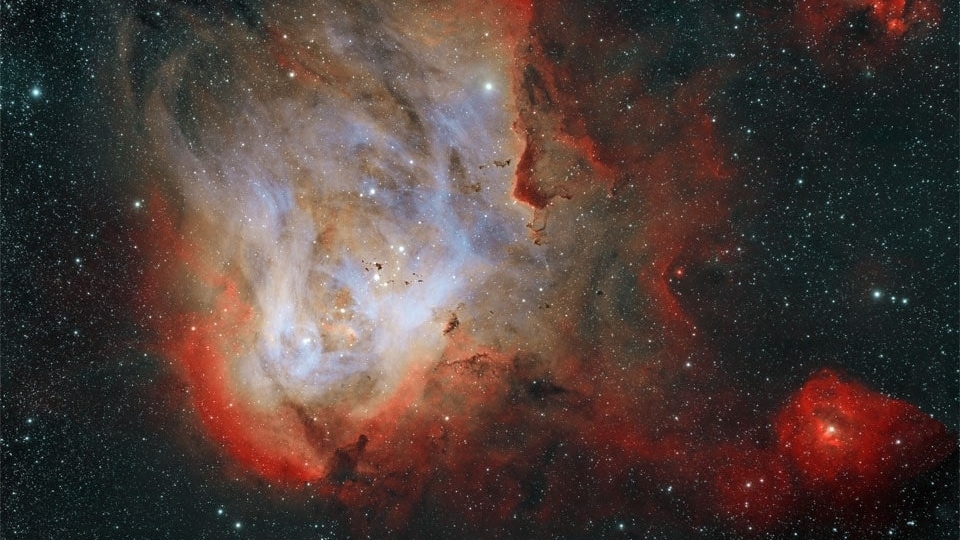
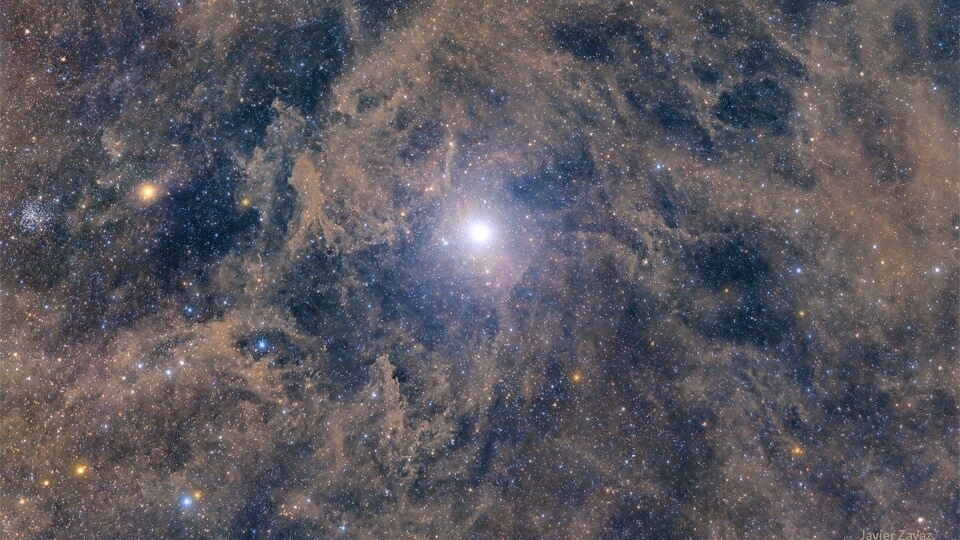

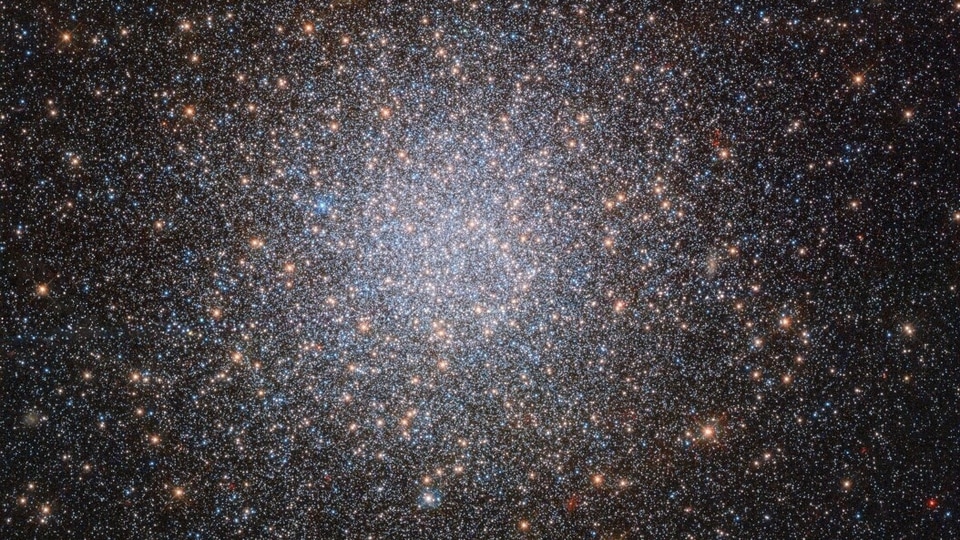
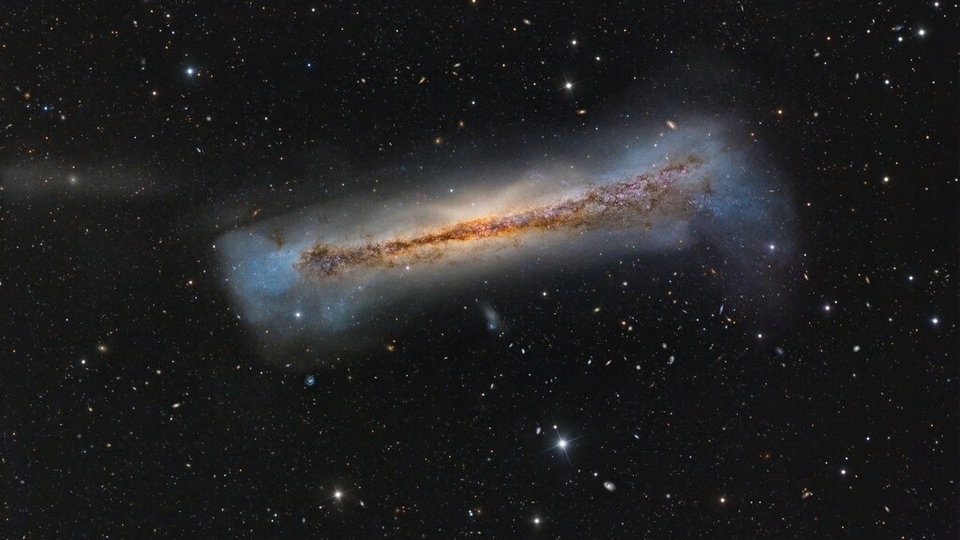
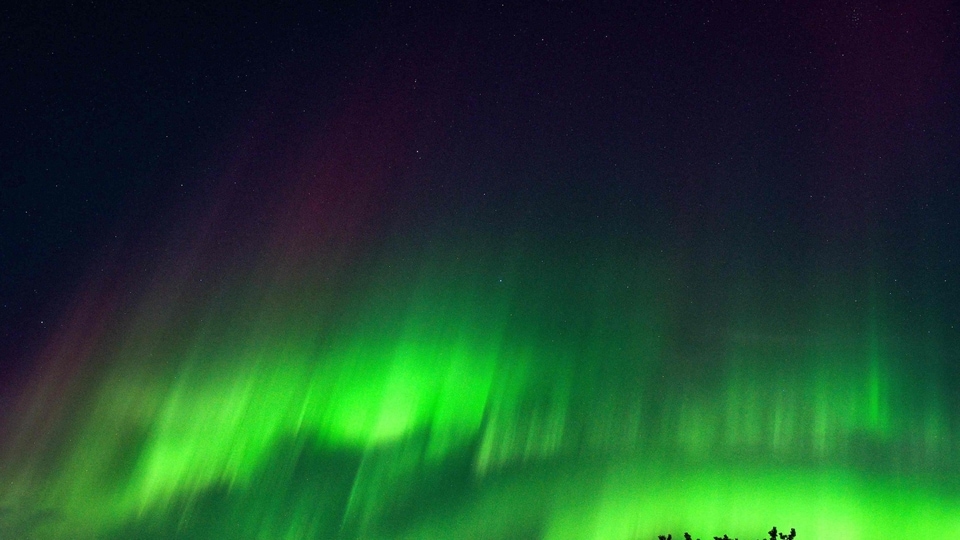
 View all Images
View all ImagesHave you ever experienced something interesting or unique while flying on an airplane? Well, a photographer named Moharnab Saikia did! While flying from Seattle to Fairbanks in Alaska, he saw a spectacular display of Northern Lights that were sparked by the strongest geomagnetic storm in 6 years. Speaking to Newsweek, the photographer said, "I knew about the aurora prediction that week, but also knew that the actual strength can vary a lot in reality as I had tried multiple times in Washington to catch the aurora but failed."
Saikia said, "Initially the glow was pretty faint and I just thought it was airglow. But I decided to take out my camera and take a long exposure photo and saw a faint green color. I was very excited."
"After some time, the aurora was so strong that I could see the waves dancing in green all over the sky," he told Newsweek.
The photographer posted a video of the same on his Instagram account captioning it, "Sky-high magic Witnessed this beauty, have you? Share your stories!"
Saikia further informed that he took multiple photos of the sky using his camera's intervalometer and then stitched all the images to create a time lapse. Sharing his excitement of watching the Northern Light, the photographer said.
How are Northern Lights caused
For the uninitiated, the Northern Lights, also known as the Aurora Borealis, are actually caused by the Sun. "The Sun sends us more than heat and light; it sends lots of other energy and small particles our way. The protective magnetic field around Earth shields us from most of the energy and particles, and we don't even notice them," NASA said.
The US space agency also explained that the Sun doesn't send the same amount of energy all the time. There is a constant streaming solar wind and there are also solar storms. During one kind of solar storm called a coronal mass ejection, the Sun burps out a huge bubble of electrified gas that can travel through space at high speeds. When a solar storm comes toward us, some of the energy and small particles can travel down the magnetic field lines at the north and south poles into Earth's atmosphere.
There, the particles interact with gases in our atmosphere resulting in beautiful displays of light in the sky. Oxygen gives off green and red light. Nitrogen glows blue and purple.
Catch all the Latest Tech News, Mobile News, Laptop News, Gaming news, Wearables News , How To News, also keep up with us on Whatsapp channel,Twitter, Facebook, Google News, and Instagram. For our latest videos, subscribe to our YouTube channel.































